On West 91st Street in Manhattan, down the street from where my friend lives, is a herd of serene stone llamas, or yaks, or horses, I’m not sure, fat and solid and inviting to climb on. This is the courtyard of the Wise Towers, part of New York City’s vast public housing system. In New York, public housing is housing for the city’s working class, part of the infrastructure necessary to keep such an enormous city running. It’s a children’s playground of stone animals, with a huge sand-cast mural in the back and a water feature that sometimes spouts off from a couple of stone pyramids. They were created by Constantino Nivola, known for huge abstract cast stone works. A Time magazine article from 1965 described residents’ reactions to the playground: “A nearby housewife thinks it may all be obscene. A local clergyman says frankly: ‘This art escapes me.’ The kids? They all seem to love it. ‘Swings are for babies,’ says one seven-year-old lad. ‘I’m not a baby any more.’”[1] They are something from another time, or a timeless time, some mythical age when the working class deserved the best of art: permanent, beautiful, at kid’s or at giant’s eye-level, tactile, inviting to be touched and climbed and mounted and imagined as part of a growing child’s expanding universe.
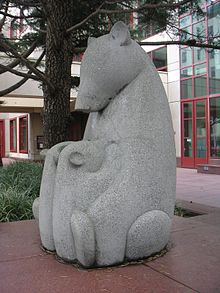
The open courtyards of the old Valencia Gardens public housing, at the end of the alley where I lived for many years in San Francisco’s Mission District, were populated by a menagerie of marble animals of all sorts, cats crouching low hunting for mice, mythical extinct grizzly bears, sea lions, and a pair of upright salmon swimming against gravity. In the early 90s, Valencia was both dangerous (my bartender roommate got jumped several times walking home from work at the Firehouse), and a bit of funkiness in the otherwise (then still somewhat-decrepit) Victorian neighborhood, with potted flowers hanging from balconies, kids climbing on the sculptures, and young men leaning nonchalantly against the Art. The maker of these animals was Benny Bufano, an eccentric Bay Area sculptor, fellow traveler of the left, and peace activist. His animals at Valencia Gardens and Sunnydale brought back the native animals of California to the spaces left by the two-story concrete blocks of houses, and at Westside Courts he placed St. Francis on horseback spreading his message of brotherly love. Poet Joe Navarro, who grew up in Valencia Gardens in the 70s, remembers: “I lived near the Valencia Street side of the projects. Mounted on a brick pedestal around 4 feet high, sat a smooth stone statue of a bear sitting upright with two nursing cubs. I was very young and didn’t know much about the history of the statue. I actually climbed it to sit on the cubs. It was a youthful challenge. I liked them. Thought they were cool. But I didn’t really appreciate their aesthetic value. I had no idea at the time that it was a Bufano sculpture.”

I remember when Valencia got rebuilt: the Arts Commission temporarily relocated the Bufanos, debating about proper ways of exhibiting Art (to be viewed not touched, on proper pedestals with the art at the proscribed viewing height), and when the housing was rebuilt, they ended up in a nice, protected courtyard away from the street, looked over by security guards against vandalism and improper Playing on the Art.

There are other examples of animal playgrounds in public housing, like Edgar Miller’s Animal Court Playground at Jane Addams House from 1938, or John Bridgeman’s 1960’s animals in Britain. There is nothing particularly revolutionary about animal sculptures in social housing and children’s playgrounds, except perhaps that playgrounds don’t have to all look exactly alike, another consumer item bought off the shelf, and maybe the revolutionary ideal that art should be at the service of the people.
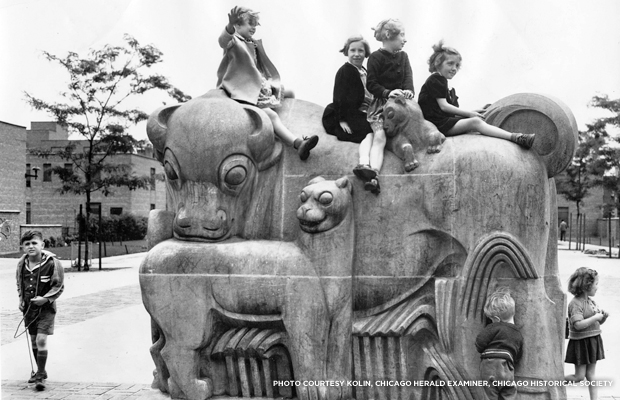
[1] http://www.play-scapes.com/play-history/mid-century-modern/stephen-wise-towers-playground-constantino-nivola-new-york-city-1965/

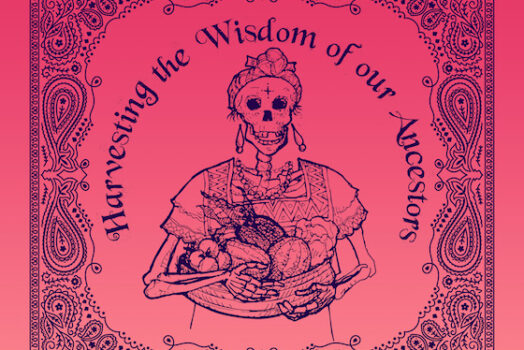
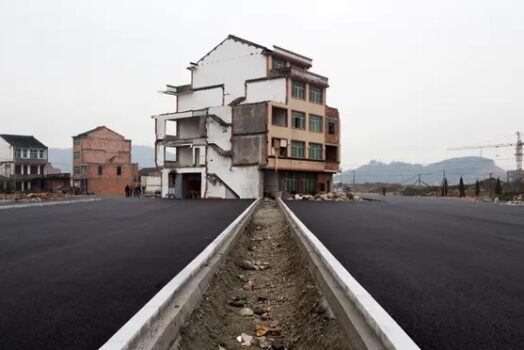

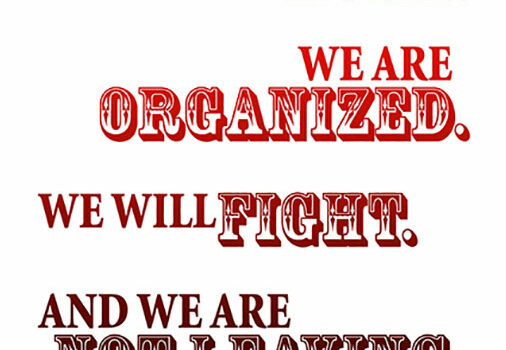
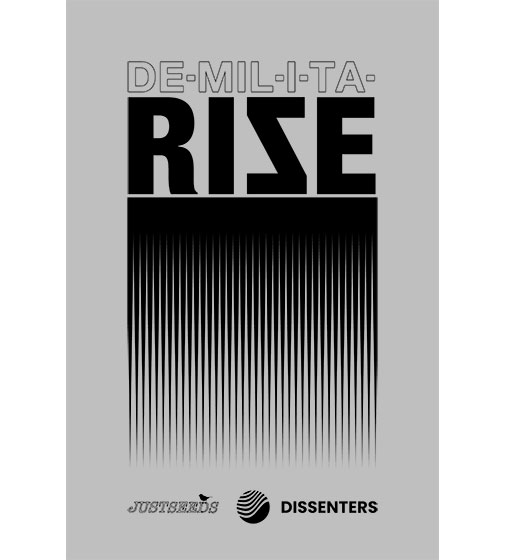
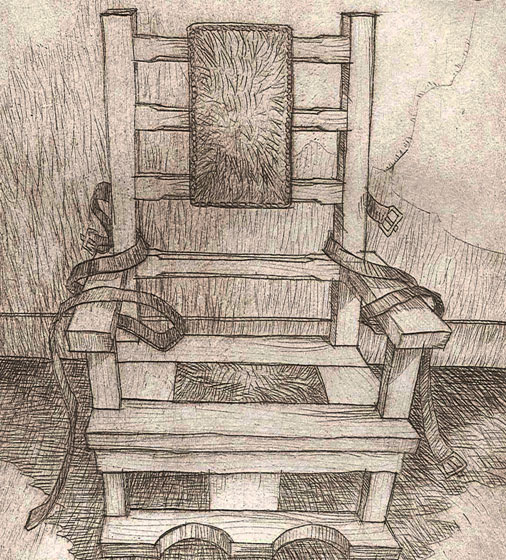
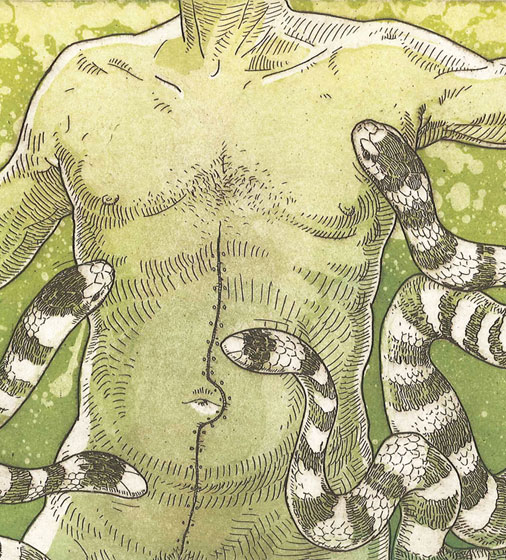

Thanks Fernando, great article! Now I’ve gotta take a trip up to 91st st. Any more playground history you’ve got up your sleeve? Why are adventure playgrounds and kid-driven play spaces so popular in Europe, but so few and far between here in the US?